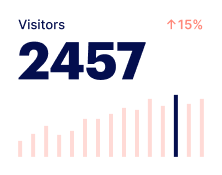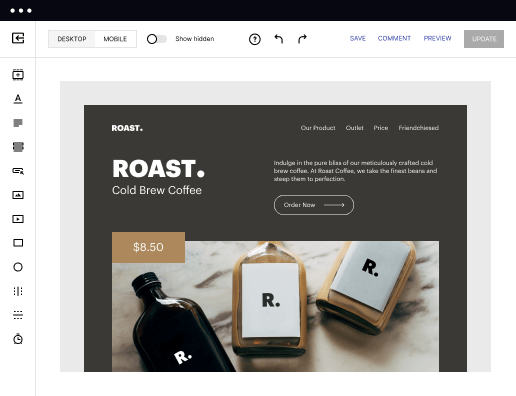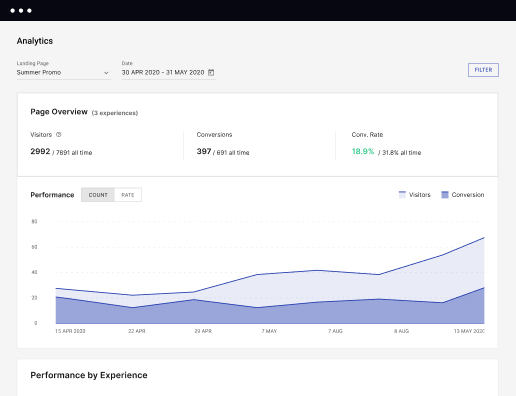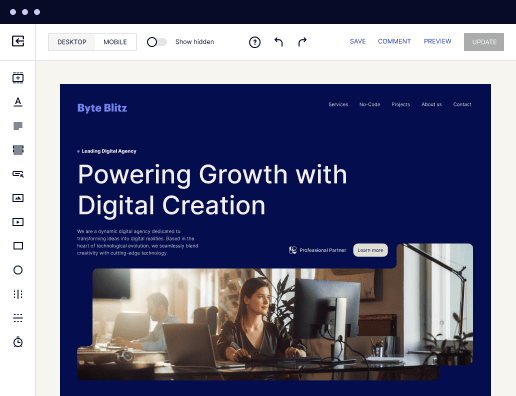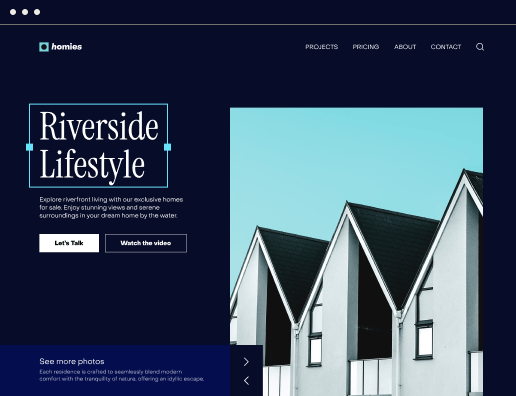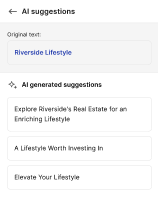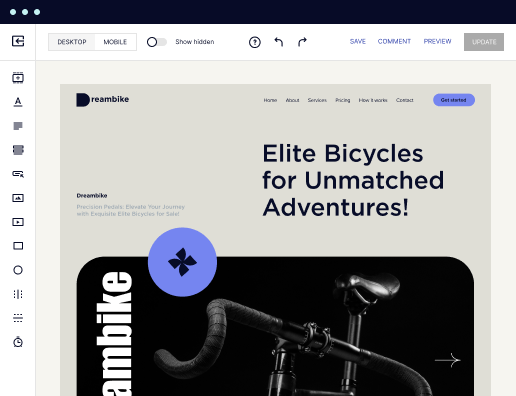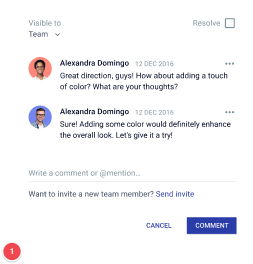Make a high-performance 404 error page optimized for Microsoft Edge
Utilize Instapage to reduce costs, enhance conversions, and deliver tailored experiences in Microsoft Edge.
How to build your 404 error page in Microsoft Edge effectively
Building a 404 error page in Microsoft Edge is crucial to maintaining user experience and engagement. This guide empowers marketers to create effective landing pages that not only inform users of missing content but also direct them to relevant information, ultimately reducing bounce rates and boosting conversions. Utilizing Instapage, you can generate a tailored experience that aligns with your brand's voice and retains customer trust.
Understanding the importance of a 404 error page
A 404 error page informs visitors that the requested content is not found. This is an opportunity to engage users instead of losing them. A well-crafted page encourages exploration and keeps your audience engaged. Leveraging the power of Instapage allows for a seamless design process, ensuring you convey essential information effectively.
- Improve user experience: A custom error page can guide users back to useful content.
- Maintain brand identity: Consistent branding on your 404 page reinforces trust.
- Utilize dynamic content: Employ personalized elements that cater to individual user journeys.
Step 1: Starting with Instapage
Instapage makes crafting your 404 error page straightforward. Begin by selecting a template from an extensive library of over 100 conversion-focused layouts. These templates are designed for maximum engagement without needing coding skills.
- Choose a template: Select one that resonates with your site's design.
- Customize elements: Use Instablocks to modify text, images, and colors to fit your brand.
- Preview your changes: Ensure your design reflects what you want users to see.
Step 2: Optimizing for user engagement
Utilize built-in experimentation features to optimize your landing page for higher conversions. Conduct A/B testing to determine which elements resonate more with your audience.
- Implement A/B tests: Experiment with different layouts or calls-to-action.
- Use heatmaps: Analyze user behavior to identify interaction hotspots.
- Gather analytics data: Monitor how users navigate from your error page.
Step 3: Personalizing the user experience
Dynamically deliver content that speaks directly to your users by employing features like dynamic text replacement. This approach enhances relevance, increasing the chances of user engagement.
- Dynamic text replacement: Customize messages based on user query.
- AdMaps integration: Align ads with corresponding pages for better conversion.
- Audience-level metrics tracking: Utilize data tools to assess how different user segments interact.
Incorporating these strategies will help you build a robust 404 error page that not only assists users but also strengthens your brand's online presence.
Ready to enhance your customer experience? Start building your 404 error page with Instapage today and convert missing pages into opportunities.
Get more out of Build your 404 error page in Microsoft Edge
Improve your Quality Score with quick load technology for landing pages
Increase conversions with content that aligns with your ads and audiences
Achieve maximum ROI by scaling your marketing initiatives
Leading the way in building high-performing landing pages





FAQs
See how to build your 404 error page in microsoft edge in action
Ready to skyrocket conversions?
Supercharge your ad campaigns with high-performing landing pages.
Get started
